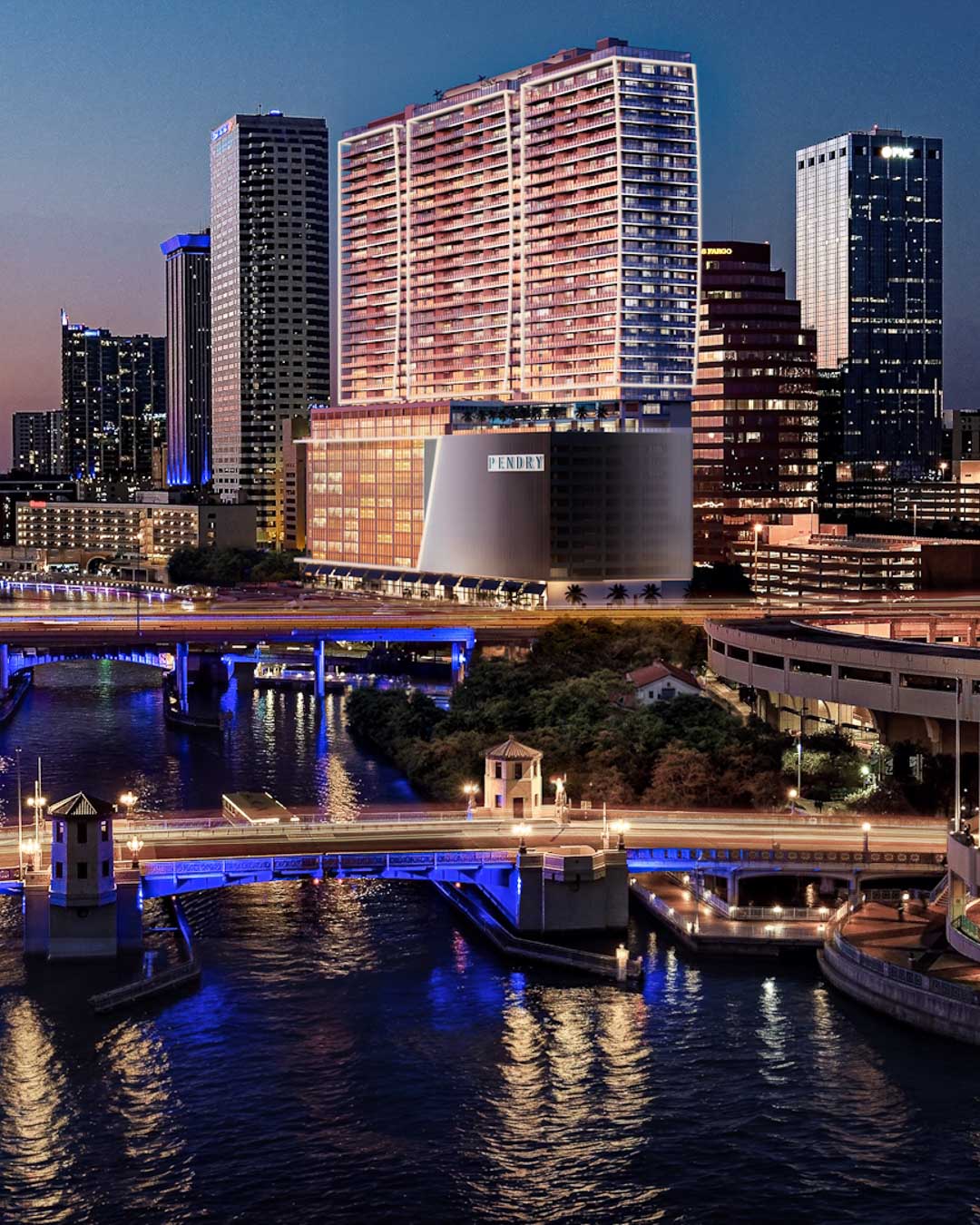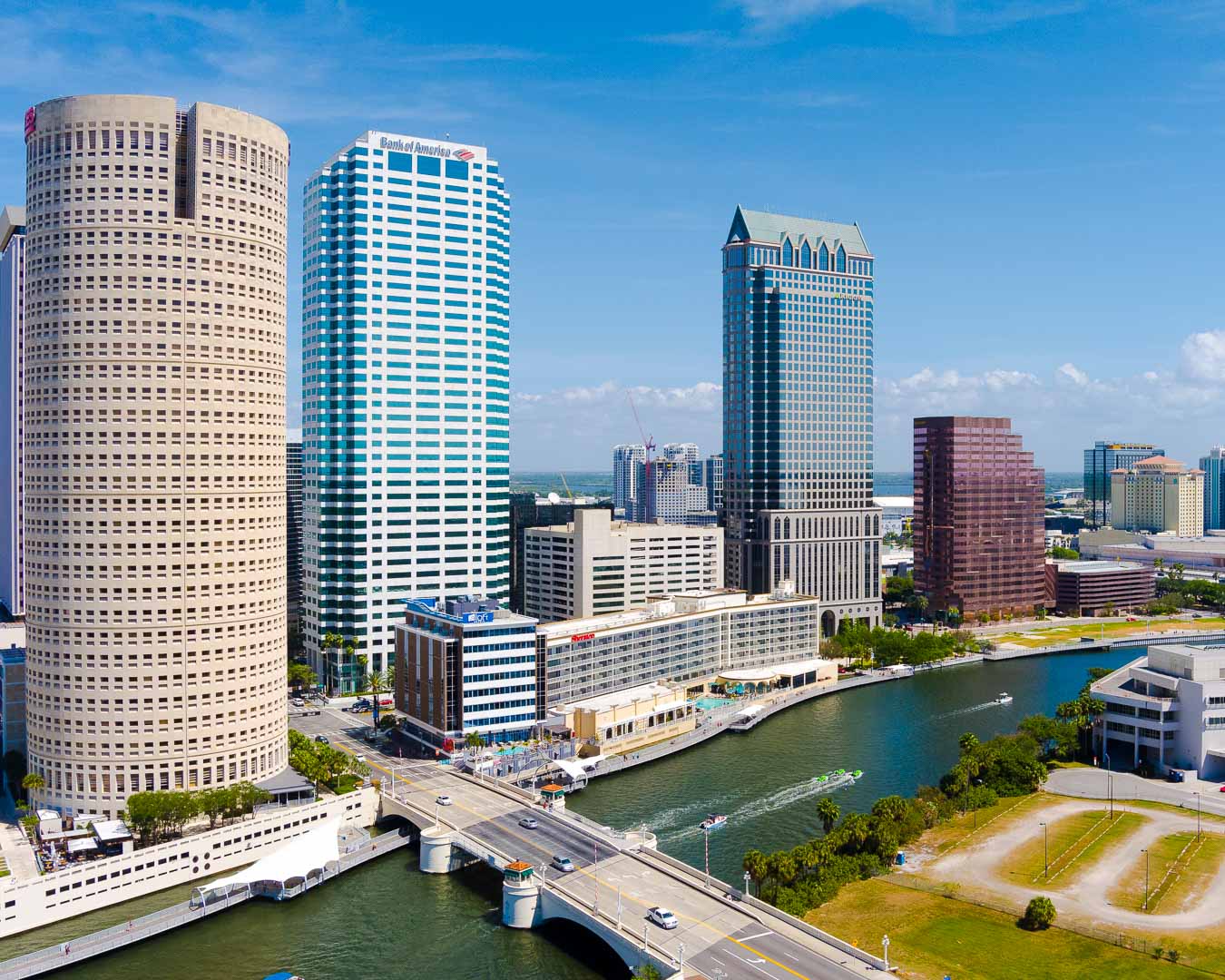

At VUMEDIA Group we are experienced at creating cinematic drone videos using the latest aerial drone equipment, industry standard Hollywood camera movements, and the latest post processing techniques to ensure the best results. In this article we will discuss step-by-step how to obtain the most cinematic look and feel for your video footage.
This article is intended for experienced drone operators who wish to create cinematic drone video using the drone equipment that they already own. Some of the concepts discussed in this article assume that the reader already has a deep understanding of video editing, exposure concepts, camera settings, and video post processing.
We recommend practically anything from DJI for your drone platform. DJI is the industry leader in aerial drone video platforms and we have used nearly all of them. Below are the different platforms that we recommend and the types of projects they are best suited for
To get the maximum dynamic range out of our drones and to guarantee the most cinematic look and feel of the video footage we use the following camera settings most of the time. Like with anything, there are exceptions to every rule, and sometimes you will need to further adjust your settings based on the scene being filmed
White Balance – Daylight (5600)
Color Profile – D-CineLike with a custom style of 0,-1,-1
Exposure – Use Expose to the right (ETTR) techniques to get the best results
We have found that shooting all footage in 4K yields the best results in post when color grading and editing the footage. Filming in 4K then delivering in 1080P gives us many options in post such as more resolution for color grading, and truck, zoom, and pan effects that are only possible due to the over sampled source footage.
A key part of a cinematic drone video is mastering industry standard drone camera movements. These movements make the completed video look polished and professional. Drones are inherently unstable due to wind, transmission signal delay, operator error, and other factors. By controlling those factors as much as possible or simply by reshooting a scene until the finished product has a cinematic feel, the final video will be much more pleasing to the viewer and properly showcase the capabilities of modern drones. The following movements are just the basics and can be combined in creative ways to take the video’s look and feel to the next level.
This is one of the most common drone camera movements. The dolly in movement is nothing more than flying towards the object being filmed. A smooth dolly in can create a very cinematic look.
Dolly Out is the opposite of Dolly In, its where the drone flies away from the object being filmed. A smooth Dolly Out is great for a reveal or for a closing scene.
This is a basic movement where drone hovers in one place and slowly turns left or right. Although this motion is appropriate for some situations we rarely use this particular shot because it is mostly overdone; however when done properly or for a good reason (i.e. tracking a car pulling into the scene) then this can be the perfect motion for the type of shot being filmed.
Trucking left or right is where the camera points in a single direction and the entire drone is flown left or right. Trucking is a great movement to use to reveal a specific item of interest and can really help establish or open a scene. For a cinematic look and feel the typical adage less is more really applies here. Letting the scene tell its own story through slow trucking reveals is more cinematic than simply seeing how fast the drone can fly sideways. Trucking is one of the movements where we like to shoot at 4K/60FPS because we have found that no matter how slow the scene may unfold on the screen, it’s always nice to have the ability to go even slower in post.
This is another move that we feel is mostly overdone mainly because it is so simple to perform. Tilting is where drone hovers in one place and the camera tilts up or down. This is a very simple move but it can be useful for a simple reveal of a scene when done properly. Tilting too fast will not have a cinematic feel and will leave the viewer trying to figure out what you are trying to show them, tilting too slow will mean the reveal takes too long and you start to lose the viewer’s interest. We have found that the perfect speed is to reveal the scene within 3-5 seconds even if it means using a jump cut to speed up the action.
This move is where the drone ascends or descends in relation to the subject matter being filmed. This is a great cinematic move that can be used to reveal an expansive horizon, a nature scene, or simulate an arrival to an event or venue. This move when combined with the tilt up or tilt down camera movement can really add a cinematic feel to the video.
Orbit is an advanced movement that can be used to great effect for many types of scenes. It can be used to create a parallax effect that adds interesting visuals to an otherwise boring scene or it can be used to reveal a large area in an interesting way
Combining these camera movements is another great way to create a very cinematic look but it is better to stick to the individual movements then to combine them in an unprofessional way. For example an orbit tilt up sounds great on paper, but if the orbit is not smooth or the tilt is too fast then the entire cinematic feel could be lost. For many scenes just sticking to the basic movements and letting the scene tell its own story instead of fancy camera movements is a recipe for success.
Color grading is a major step to creating cinematic footage. After shooting all of the drone video footage that is needed, it is the color grade that sets the mood for the entire video. The good news is that with the camera settings that were recommended here, basic color grade is nearly done.
To convert all of the created video footage to the Rec709 standard, all you will need to do is head over to the DJI site and download the LUT that matches your drone platform (i.e. Mavic Pro, Phantom P4, Inspire 1, Inspire 2).
Using DJI’s Rec709 LUT and the recommended camera settings you will now have a color baseline for your drone video footage that can then be combined with Rec709 graded footage from other sources.
After converting all of the footage for the video to the Rec709 standard, the final step will be to apply a creative LUT to all of the footage so that it will all have the same tone and set the same mood consistently throughout the video.
Hopefully this article provided some useful tips on how to create cinematic drone video, there are many more technical aspects to ensuring that the camera settings in the drone are correctly exposing the scene, the frame rate matches your planned frame rate, you are using a 180 degree shutter angle, remote controller settings are tuned for cinematic control and more.
Entire books have been written on how to shoot cinematic drone video, the goal of this article was to cover some of the basics that we have found work for us day in and day out in the field and on the set.